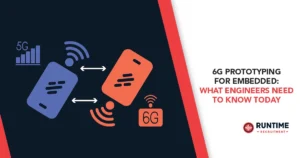
6G Prototyping for Embedded: What Engineers Need to Know Today
While 5G is still rolling out globally, researchers and engineers are already looking ahead to 6G, the next generation of

While 5G is still rolling out globally, researchers and engineers are already looking ahead to 6G, the next generation of
As embedded systems become more complex and reliant on third-party silicon, the risk of Hardware Trojans (HTs) infiltrating designs has
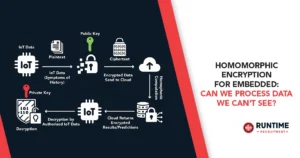
In an era where data privacy and security are paramount, embedded systems face increasing pressure to handle sensitive information securely.

For decades, Bluetooth has been the go-to wireless technology for short-range communication in embedded systems. From wireless headphones to IoT
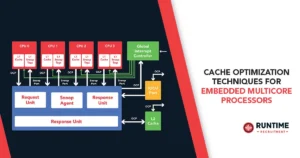
Embedded systems are increasingly adopting multicore processors to meet the growing demand for high-performance, energy-efficient computing. However, as the number

The Industrial Internet of Things (IIoT) is undergoing a transformation with the introduction of Wi-Fi 6E, the latest evolution in

The embedded systems industry is undergoing a significant transformation, driven by the increasing demand for customizable, power-efficient, and cost-effective processor
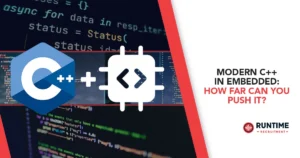
Embedded systems have long been dominated by C, with occasional forays into C++ when object-oriented programming (OOP) was deemed necessary.

Introduction Machine learning (ML) is increasingly being deployed in embedded systems, from microcontrollers in IoT devices to high-performance edge computing
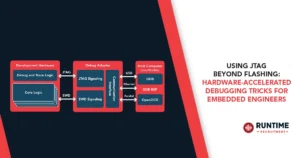
Introduction JTAG (Joint Test Action Group) is a ubiquitous interface in the embedded world, primarily known for programming flash memory